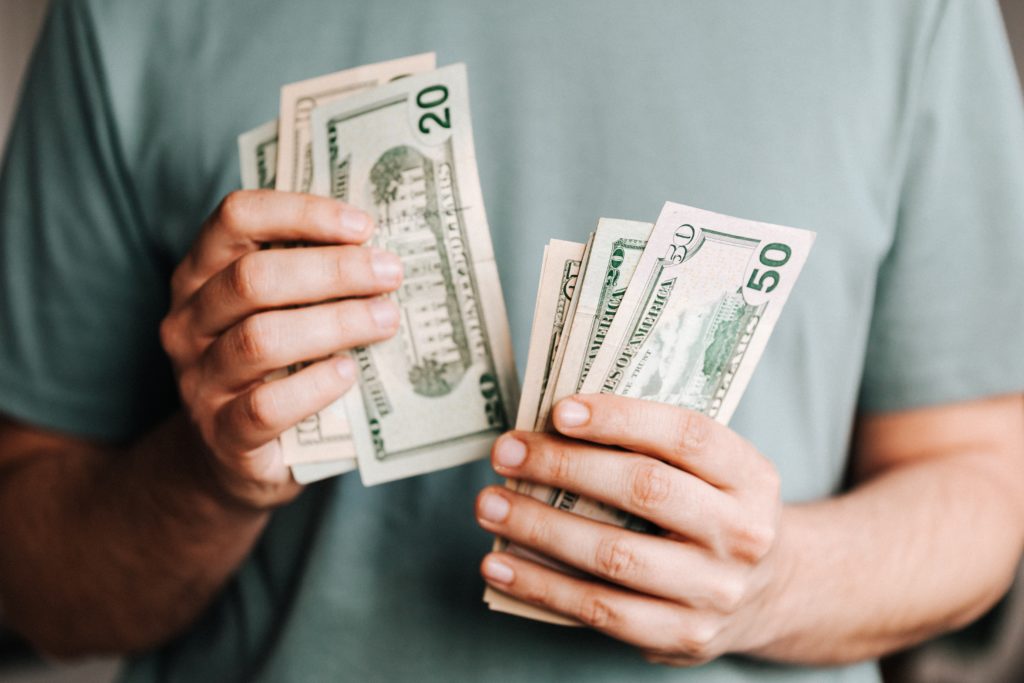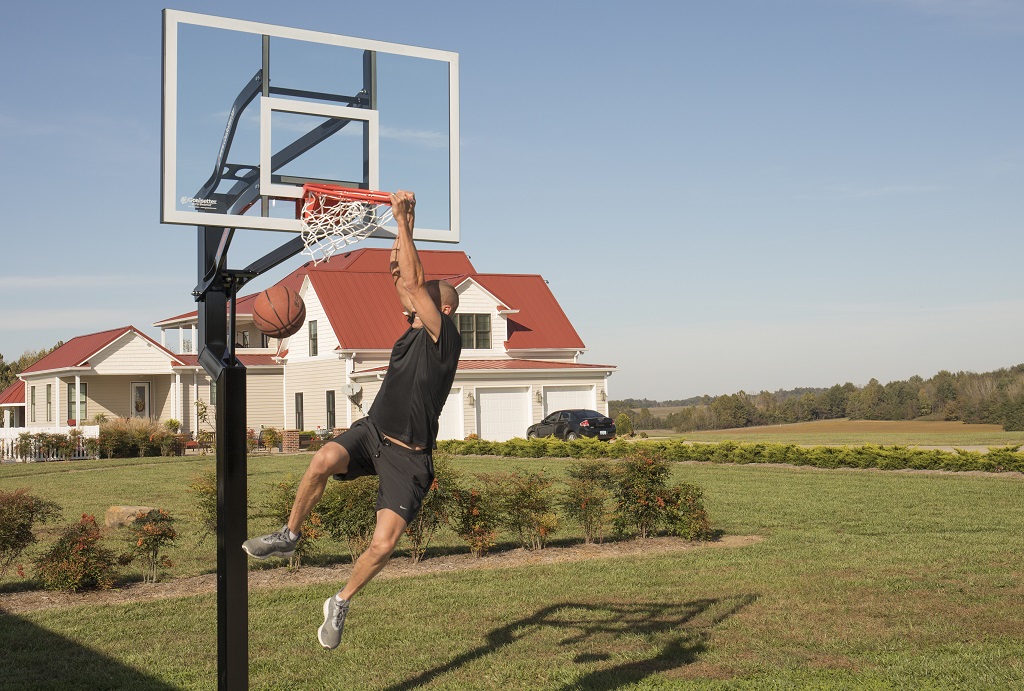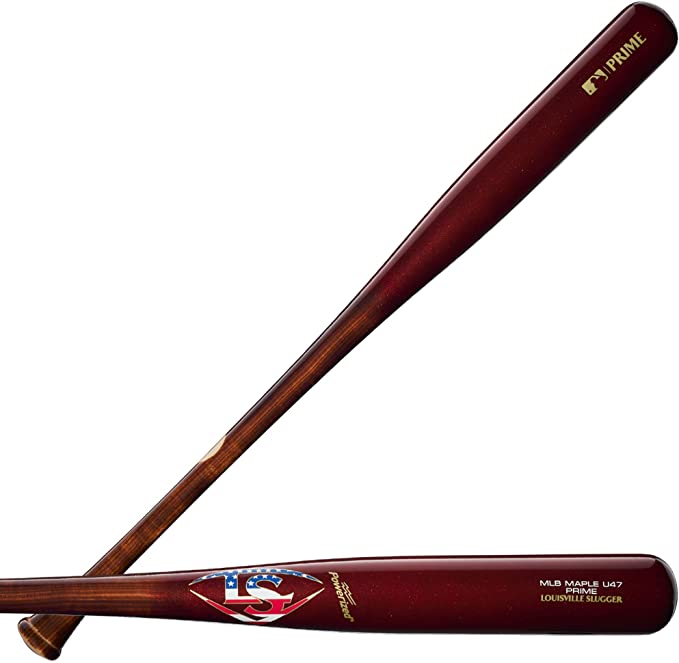Extravagant lifestyles and the lack of financial knowledge are two common reasons why some NBA players go broke. Despite several players earning millions of dollars per season, some of these professional basketball athletes turn their overflowing bank accounts into empty containers.
Perhaps the question in many basketball fans’ minds is, “why do NBA players go broke?” Here, we’re going to look at how much an average NBA player makes per game and the top reasons why some of these athletes declare bankruptcy.

According to a statistics report for the 2020-21 NBA season, the highest-paid player is Stephen Curry who, at the time of writing, is the Golden State Warriors’ point guard. Curry has a guaranteed salary of over $88 million. At the other end of the spectrum is Chimezie Metu, the center for the Sacramento Kings team, who has a guaranteed salary of $50,000 for the same season. As for the rest of the NBA’s player roster, the average salary is roughly \$7.7 million.
Some reports indicate the salaries of NBA players continue to rise annually. However, the rise and fall of a professional basketball player’s pay depend on numerous factors, which may include the following:
- Points scored
- Rebounds
- Assists
- Blocks
- Fouls
Professional players with more professional experience may also receive higher salaries than junior athletes. Basketball players who frequently land 3-point shots or provided more assists than others may also claim a higher-than-average pay than others.
What are the Top Reasons Why NBA Players Go Broke?

Despite the thousands or millions of dollars earned by each player in the professional basketball scene, some athletes may not know how to manage their salaries well. In turn, a time may come when their bank accounts might be overflowing with cash at a given time, but it seems that they threw the money out the window quickly.
Here are some of the reasons why some NBA players go broke:
1. Spending Spree

Perhaps it’s safe to say that many people will become flabbergasted at the sight of 5, 6, 7, or 8-digit salaries directly deposited into their bank accounts. NBA players are no exception to this reality, particularly those who are fairly new to the professional basketball scene.
Therefore, it becomes a case of buying items the heart desires, regardless of the player needs it or not. For example, a simple home becomes a premium mansion in a few fortnights. Closets started with a few pieces of clothing to gushing with apparel from luxurious brands. Frozen TV dinners once claimed refrigerators, then turned into stacks of expensive meat.
Some people, including certain professional basketball athletes, might think that a “little” spending is okay. It’s a reward for the hard work delivered for the season. The mind becomes filled with thoughts like, “It’s okay to spend” and “there’s still cash left in the bank.” In turn, shopping might become an obsession as items like portable basketball hoops fill their homes.
Unfortunately, this drastic lifestyle change is a recipe for financial ruin. Keep in mind that many NBA players have shorter earning periods than other professionals (e.g. movie celebrities). Financial security becomes short-lived as some of these athletes decide to turn to other income ventures to return to a semblance of normal life.
2. Lack of Financial Knowledge

It can be a great idea to invest in the future, and many NBA players understand this need. Investing in a 401(k) and starting a business are two examples that can secure a professional’s secure financial future once they reach retirement age.
Still, certain NBA athletes tend to make poor investment decisions. These individuals play the role of “money manager” despite the lack of expertise and experience in the financial department.
One ideal example is Raghib “Rocket” Ismail who accrued about $21 million for a 7-year contract from 1999 to 2005. Although Ismail was a professional football player, the same context applies to an athlete’s poor investment decisions.
In the case of Ismail, he put his money in the hands of attorneys and financial advisors that made poor funding decisions as finances landed in overly risky investments. Over time, these so-called assets left the professional football star, leaving him to declare bankruptcy.
3. Small Window to Earn
Unlike the average corporate professional who works from 9 am to 5 pm, NBA players can only earn significant amounts of cash during official basketball seasons. By the time a professional basketball player arrives at retiring age, that individual would have a working life that’s lesser than traditional careers.
Without proper money management, some NBA stars may find themselves having a rough time paying bills and eating good meals. One case to solidify that context is Allen Iverson; during his time on the court, Iverson made over $150 million. However, he succumbed to a life of gambling addiction, alcohol issues, and other extravagant expenditures.
Reports indicate that, at one point, Iverson couldn’t afford to buy a cheeseburger. Thankfully, Reebok struck a deal with the athlete, allowing him to recover from his financial downfall.
Which NBA Players Lost Millions?
The NBA requires a lifetime of consistency, dedication, training, and sacrifice. Players like Dwayne Wade, Tim Duncan, and Chicago Bulls legend Michael Jordan, made proper financial choices, trained at home, leading to a life devoid of thinking what to eat for the next day.
However, it’s a different story for some NBA stars. Despite earning millions on- and off-court, these athletes reduced their hard-earned cash into money that might be equivalent to pocket change.
Some of these NBA players who lost millions include:
1. Latrell Sprewell
Latrell Fontaine Sprewell was the Minnesota Timberwolves’ small forward by the end of his professional basketball career. Sprewell had an average of 14.8 points during his time with the Minnesota team. But, he garnered an average of 20.1 points for a 6-season period with the Golden State Warriors.
About one year before his retirement, Sprewell hit free agency. The Timberwolves attempted to increase his stay by offering the player over $14 million. However, Sprewell thought that the offer was too low, saying that he has a family to feed.
It would seem that Sprewell thought that the Timberwolves would increase their offer. However, that instance never happened and underperformed in the 2004-2005 season. He soon quit the NBA, but the athlete still pocketed an impressive $97 million in savings. An extravagant 3-year period ensued after, causing him to lose a yacht and a defaulted $1.5 million mortgage.
2. David Harrison
Many basketball fans can spot David Harrison from afar, partly because of its height. This 7’ tall giant had a relatively short professional basketball career with only four seasons to have chances to appear in the court.
Harrison began his NBA journey in 2004 but ended it rather quickly after the 2007-2008 playoffs. He was the center for the Indiana Pacers and had an average of five points across all four seasons. Hence, his basketball performance was rather underwhelming.
Nonetheless, Harrison pocketed about $4 million by the end of his career. To the average person, that amount is already enough to last several years. But, his financial problems soon arose as the fortune wasn’t enough to keep up with debts.
In 2013, reports indicate that his credit card company declined the ex-NBA player’s card. On the bright side, this setback wasn’t enough to keep Harrison “in the red” for long as he soon began making more cash by trading stocks.
3. Erick Strickland
Demerick “Erick” Montae Strickland had a bountiful nine-year NBA career that spanned across six different teams. During his time, this NBA star contributed quite well to contracted teams. For instance, Dallas Mavericks received 12.8 points from Strickland during the 1999-2000 season.
Throughout his career, Strickland made about $13 million. Although that amount of money is quite a considerable sum, one wrong investment turned the tides of his financial security.
According to reports, Strickland’s friend convinced the NBA athlete to buy land that appeared to have investment potential. However, the land’s quality was far from being valuable. The former player had to declare bankruptcy soon after, as well as a falling out with the friend.
4. Larry Johnson
Known as ‘Grandmama” to many because of a Converse commercial, Larry Johnson is a 6’ 6’’ ex-NBA player that accumulated over 10 professional basketball seasons. Many people, including other NBA athletes, could only dream about amassing that amount of money.
But, Johnson became the father to five children with four different women. Hence, he has to commit to paying hefty child support expenses. Each woman received roughly $900,000, which totaled about $3.6 million.
Still, it meant that Johnson would still have more than enough money after paying those fines. However, an accumulation of a seemingly everlasting debt soon followed, causing the NBA athlete’s money to drain by 2015.
Final Words – Top Reasons NBA Players Go Broke
Many NBA players seem to know how to handle their finances well. But, that’s not the case for every player in the association.
A life of extravagance, poor investment choices, and the inability to cope with a small earnings window can lead to fat wallets into bank accounts trying to live until the next paycheck. Players like Erick Strickland, David Harrison, and Latrell Sprewell know the harsh truths about these poor financial decisions.






